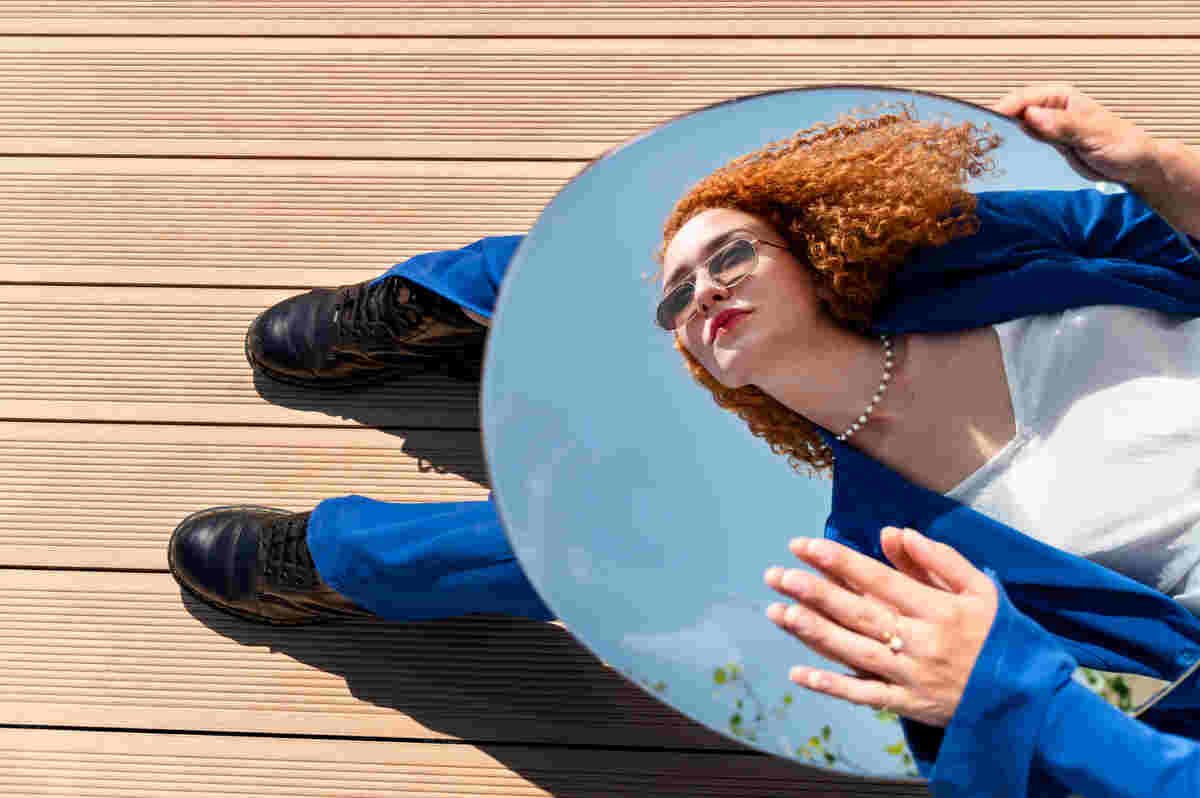Street Style Fashion: Embracing Individuality and Creativity

Street style fashion is more than just clothing; it’s a reflection of individuality and creativity. Rooted in urban culture, street style has evolved into a global phenomenon, influencing mainstream fashion and shaping trends worldwide.
Introduction
Street style fashion is a vibrant and dynamic form of self-expression that originates from the streets of urban environments. Unlike traditional fashion, which often follows trends set by designers and runways, street style is characterized by its grassroots nature and the individuality of its participants. It’s a reflection of the diverse cultures, lifestyles, and attitudes found within cities worldwide.
Street style fashion empowers individuals to showcase their unique personalities and creativity through their clothing choices, accessories, and overall aesthetic. From bold statement pieces to subtle nods to subcultures, street style celebrates the freedom to express oneself authentically and boldly in the ever-evolving landscape of urban fashion.
History of Street Style
The history of street style is a fascinating journey through the evolution of urban fashion and the influence of youth subcultures. It traces back to the rebellious spirit of various movements such as punk, hip-hop, skateboarding, and graffiti art, which emerged in the latter half of the 20th century. These subcultures rejected mainstream fashion norms and instead embraced unconventional styles that reflected their ideologies and lifestyles.
In the 1970s, punk rockers challenged societal conventions with their DIY fashion aesthetics, characterized by ripped clothing, safety pins, and bold hairstyles. Meanwhile, hip-hop culture emerged in the Bronx, New York, with its distinctive blend of baggy clothing, sneakers, and flashy jewelry, becoming synonymous with urban street style.
As the decades progressed, street style continued to evolve, influenced by global cultural shifts, technological advancements, and the rise of social media. What began as a form of counterculture rebellion gradually transitioned into a mainstream fashion phenomenon, embraced by fashion designers, brands, and influencers worldwide.
Characteristics of Street Style Fashion
Diversity
Street style celebrates diversity, embracing a wide range of aesthetics, cultures, and identities. It thrives on the creativity of individuals who mix and match different pieces to create unique ensembles.
Individuality
At the core of street style is individuality. Instead of conforming to trends dictated by fashion elites, street style enthusiasts express their personality through clothing choices, challenging conventional notions of beauty and style.
Influence of Subcultures
Subcultures, such as skateboarding, punk rock, and graffiti art, have heavily influenced fashion. These underground movements provide a platform for self-expression and serve as a source of inspiration for innovative fashion trends.
Evolution of Street Style
From Subculture to Mainstream
The journey of street style from subculture to mainstream is a testament to its enduring influence and relevance in the fashion world. What initially began as a form of self-expression within niche urban communities has gradually permeated mainstream culture, reshaping the landscape of fashion along the way.
In its early stages, street style was closely associated with underground subcultures such as punk, hip-hop, and skateboarding. These communities created their own fashion codes and aesthetics, often in opposition to the mainstream fashion industry. Their DIY approach and emphasis on individuality captured the imagination of rebellious youth seeking alternative forms of expression.
However, as the cultural landscape evolved and societal attitudes shifted, street style began to gain broader acceptance and recognition. Influential figures within music, art, and entertainment started embracing streetwear aesthetics, catapulting it into the spotlight. Hip-hop artists like Run-D.M.C. and their iconic Adidas tracksuits, for example, played a pivotal role in popularizing streetwear in the 1980s.
Impact of Social Media
The impact of social media on fashion cannot be overstated. With the rise of platforms like Instagram, TikTok, and Pinterest, street style has become more accessible, influential, and pervasive than ever before.
Social media has democratized fashion, allowing individuals from all walks of life to showcase their personal style and creativity to a global audience. Street style influencers, bloggers, and enthusiasts use these platforms to share outfit inspiration, fashion tips, and behind-the-scenes glimpses into their daily lives. In doing so, they have become powerful tastemakers, shaping trends and influencing purchasing decisions.
Moreover, social media has accelerated the pace of fashion cycles, making trends more transient and responsive to consumer demand. What’s hot one day can be passé the next, leading to a constant churn of new styles and aesthetics. This rapid dissemination of fashion information has fueled creativity and innovation within the street style community, as individuals strive to stay ahead of the curve and stand out in a crowded digital landscape.
Key Elements of Street Style Fashion
Fashion is characterized by its eclectic mix of clothing, accessories, and footwear. Key elements include:
- Clothing: Oversized hoodies, distressed denim, graphic tees, and statement jackets are staples of street style fashion.
- Accessories: Bold accessories such as chunky jewelry. Retro sunglasses, and logo belts add an extra layer of personality to street style looks.
- Footwear: Sneakers reign supreme in fashion, with brands like Nike, Adidas, and Converse leading the pack. High-top sneakers, platform boots, and vintage kicks are popular choices among street style enthusiasts.
Icons
Fashion icons are influential figures whose distinctive sense of style and trendsetting prowess have left a lasting impact on the fashion world. These individuals possess a unique ability to effortlessly blend creativity, personality, and individuality, inspiring countless fashion enthusiasts around the globe.
One of the most iconic street style fashion icons is Pharrell Williams, whose eclectic and boundary-pushing style has garnered widespread acclaim. From his penchant for bold accessories and statement jackets to his fearless experimentation with avant-garde designs, Pharrell’s fashion choices reflect his fearless approach to self-expression and innovation.
Similarly, Rihanna has emerged as a trailblazing force in fashion, known for her daring and unpredictable fashion choices. Whether she’s rocking oversized streetwear, glamorous couture gowns, or edgy athleisure looks. Rihanna consistently pushes the boundaries of conventional fashion norms, cementing her status as a true style icon.
Street Style Fashion Events
Street style fashion events are vibrant gatherings that celebrate individuality, creativity, and self-expression through clothing and accessories. These events serve as platforms for fashion enthusiasts, influencers, designers, and photographers to come together and showcase their unique style in a dynamic and inclusive environment.
One of the most notable fashion events is Fashion Week, which takes place in major cities around the world, including New York, Paris, London, Milan, and Tokyo. During Fashion Week, the streets surrounding the main venues become a playground for fashionistas, photographers, and industry insiders, who gather to witness the latest trends and runway shows. Street style photographers roam the streets, capturing the sartorial creativity of attendees, from bold statement pieces to avant-garde ensembles.
Sneaker conventions are another popular street style fashion event. Where sneaker heads and collectors come together to buy, sell, and trade rare and limited-edition kicks. These conventions feature a wide range of sneaker brands, styles, and collaborations. Attracting enthusiasts from all walks of life who share a passion for footwear and urban culture.
Impact of Street Style Fashion on Mainstream Fashion
The impact of fashion on mainstream fashion cannot be overstated. What originated as a grassroots movement among urban youth has evolved into a powerful force that shapes trends, influences designers, and permeates all levels of the fashion industry.
Fashion has a profound influence on mainstream fashion by challenging traditional norms and inspiring new directions in design. Designers and brands often look to street culture for inspiration. Drawing from the eclectic mix of styles, subcultures, and individual expressions found in urban environments. From graffiti art and skateboarding to hip-hop and punk rock, street style borrows elements from diverse subcultures and translates them into wearable, covetable fashion pieces.
Moreover, street style has democratized fashion by blurring the lines between high and low culture. What was once considered underground or niche has now become mainstream. With luxury brands collaborating with streetwear labels and incorporating urban elements into their collections. This fusion of high fashion and street style has resulted in a more inclusive and diverse fashion landscape, where creativity and innovation thrive.
Conclusion
Street style fashion is a celebration of individuality, creativity, and self-expression. It empowers individuals to embrace their unique identity and express themselves through clothing and accessories. As street style continues to evolve and influence mainstream fashion. It reminds us that style is not just about following trends but about making a statement and leaving a lasting impression.
Read More: London Fashion Week






